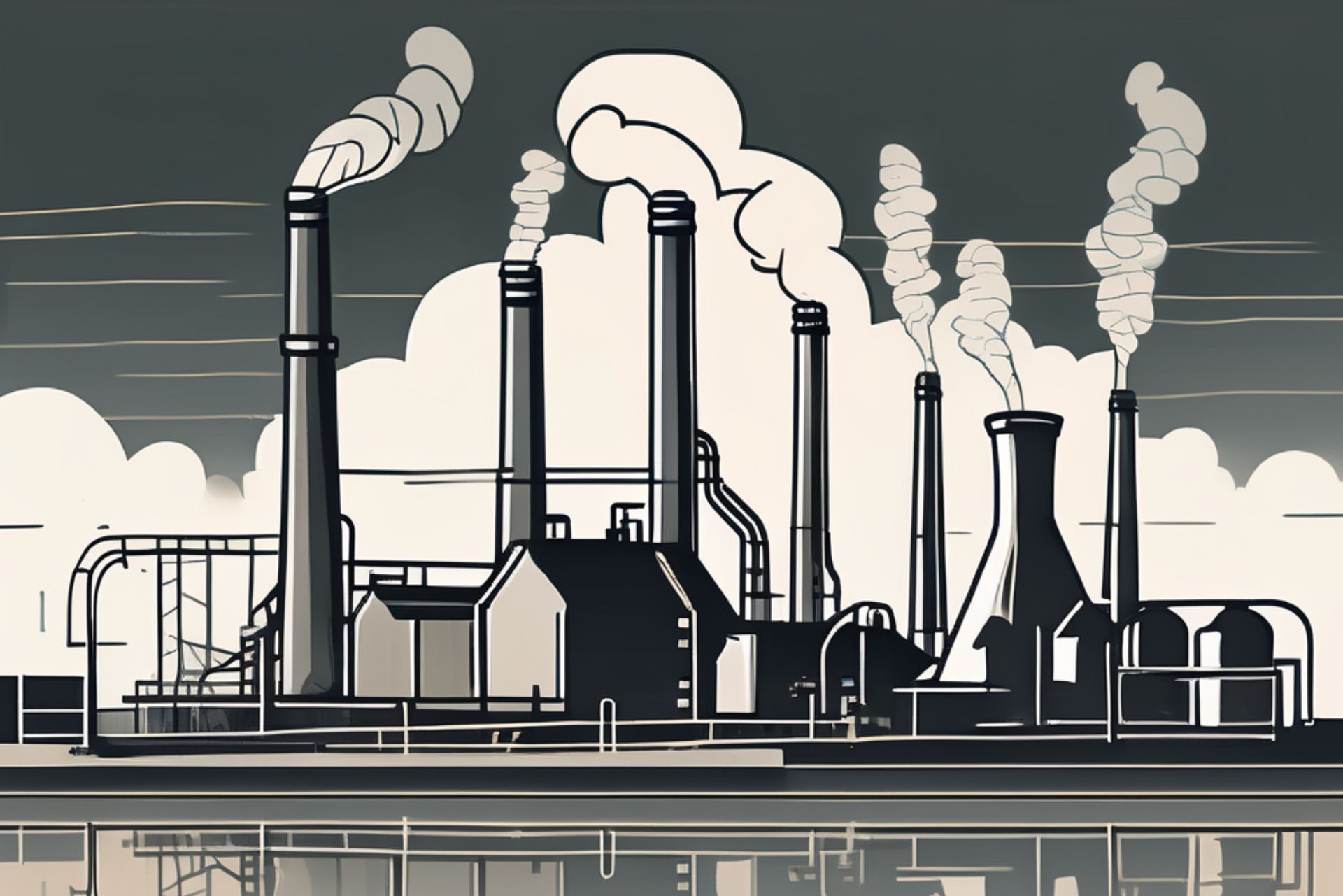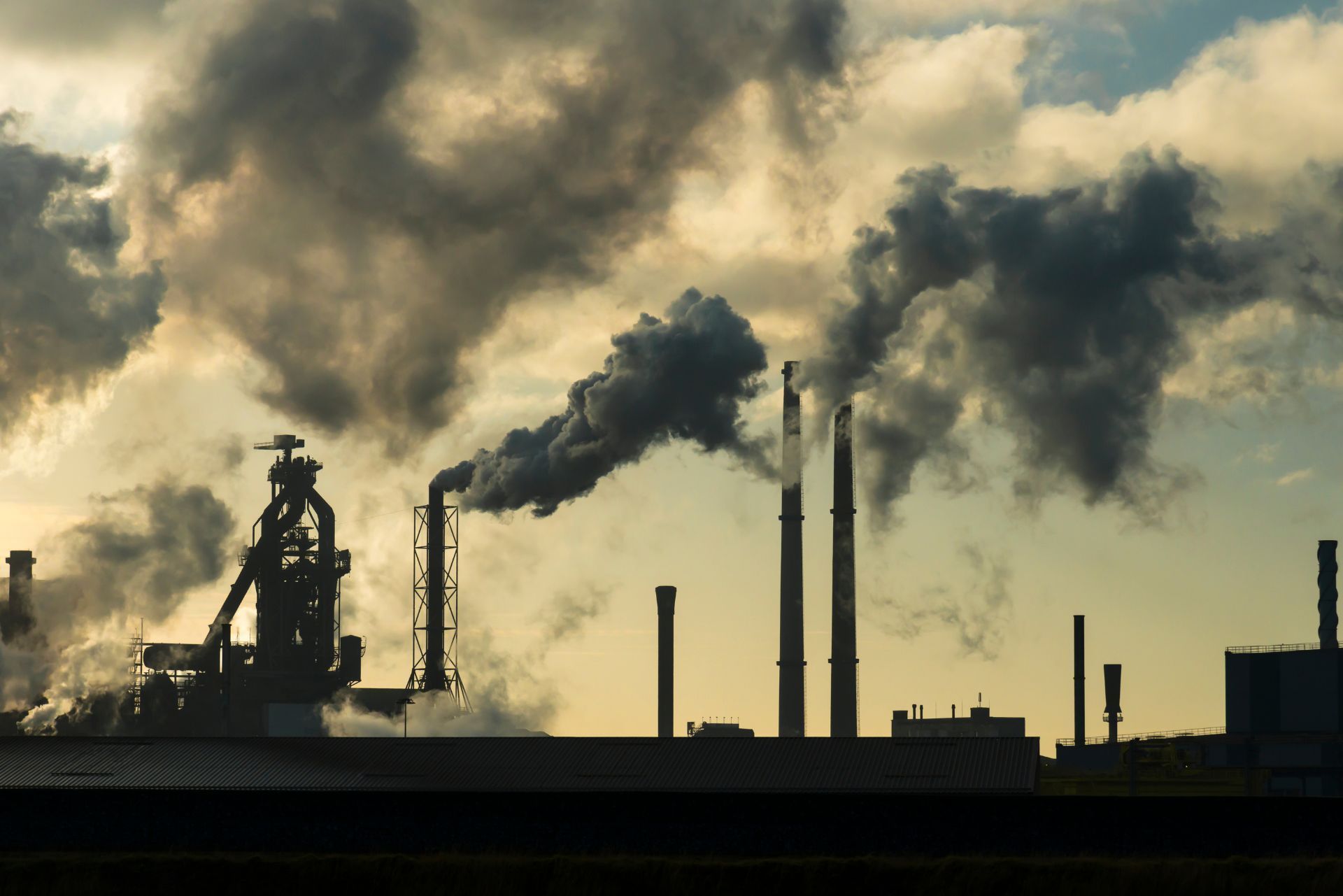Top 3 Recommended Policies
Index
Contact Us
In the heart of the United States, Texas stands as a beacon of industry and innovation. However, with great progress comes great responsibility, and the issue of pollution is one that cannot be ignored. This guide will delve into the intricacies of pollution insurance in Texas, providing comprehensive insights into its importance, coverage, and how to obtain it.
Understanding the Importance of Pollution Insurance
Pollution insurance is a specialized form of coverage designed to protect businesses from the financial implications of pollution-related incidents. In a state like Texas, where industries such as oil, gas, and manufacturing are prevalent, the risk of pollution is significant. Thus, having pollution insurance is not just a smart business move, but a necessity.
Without adequate coverage, businesses could face crippling financial losses due to clean-up costs, legal fees, and damages awarded in lawsuits. Furthermore, pollution incidents can cause reputational damage that may affect a company's bottom line for years to come. Therefore, understanding and investing in pollution insurance is crucial for any business operating in Texas.

What Does Pollution Insurance Cover?
Pollution insurance policies can vary greatly in their scope of coverage. However, most policies cover the costs associated with pollution clean-up, as well as legal and regulatory fines. This coverage extends to both sudden and gradual pollution incidents.
Sudden pollution incidents are events that occur abruptly, such as an oil spill or chemical leak. Gradual pollution incidents, on the other hand, occur over a longer period and may not be immediately noticeable. These could include groundwater contamination or the slow release of harmful gases. Both types of incidents can result in significant financial losses, making comprehensive coverage essential.
On-Site and Off-Site Coverage
Most pollution insurance policies offer both on-site and off-site coverage. On-site coverage pertains to pollution incidents that occur on the insured's property. For instance, if a manufacturing plant accidentally releases harmful chemicals into the soil on its premises, on-site coverage would cover the clean-up costs.
Off-site coverage, on the other hand, applies to pollution incidents that affect a third-party's property. For example, if a truck carrying hazardous materials from a company spills its contents on public land, off-site coverage would kick in. This type of coverage is particularly important for businesses that
transport or dispose of hazardous materials.
How to Obtain Pollution Insurance in Texas
Obtaining pollution insurance in Texas involves several steps. First, businesses must identify their pollution risks. This involves assessing the type of operations they conduct, the materials they handle, and their potential impact on the environment.
Once these risks have been identified, businesses can approach insurance providers to discuss coverage options. It's important to work with a provider that has experience in pollution insurance, as they will be able to offer the most suitable coverage options and advice.
Working with an Insurance Broker
Working with an insurance broker can greatly simplify the process of obtaining pollution insurance. Brokers have extensive knowledge of the insurance market and can help businesses find the best coverage at the most competitive rates. They can also provide valuable advice on risk management and claim handling.
When choosing a broker, businesses should look for those who specialize in environmental and pollution insurance. These brokers will have a deep understanding of the unique risks associated with pollution and can guide businesses through the complex process of obtaining adequate coverage.

Understanding the Cost of Pollution Insurance
The cost of pollution insurance in Texas can vary greatly depending on several factors. These include the type of business, the size of the operation, the materials handled, and the company's pollution history.
Generally, businesses with a higher risk of causing pollution will have higher premiums. For instance, an oil refinery would likely pay more for pollution insurance than a retail store. However, even businesses that don't handle hazardous materials directly can benefit from pollution insurance, as they may still be at risk of causing environmental harm.
Reducing Insurance Costs
There are several ways businesses can reduce their pollution insurance costs. Implementing robust risk management strategies is one of the most effective methods. This could involve regular safety audits, employee training, and the installation of safety equipment.
Additionally, businesses can lower their premiums by maintaining a clean pollution history. Insurance providers often offer discounts to businesses that have not had any pollution incidents or
claims in the past. Therefore, preventing pollution incidents from occurring in the first place is not just good for the environment, but also for a company's bottom line.
Conclusion
Pollution insurance is a vital tool for businesses in Texas. It provides financial protection against the potentially devastating costs of pollution incidents, allowing businesses to continue operating even in the face of adversity.
While obtaining pollution insurance can be a complex process, the benefits it offers far outweigh the effort required. By understanding their pollution risks, working with experienced insurance providers, and implementing effective risk management strategies, businesses can secure the coverage they need at a price they can afford.






